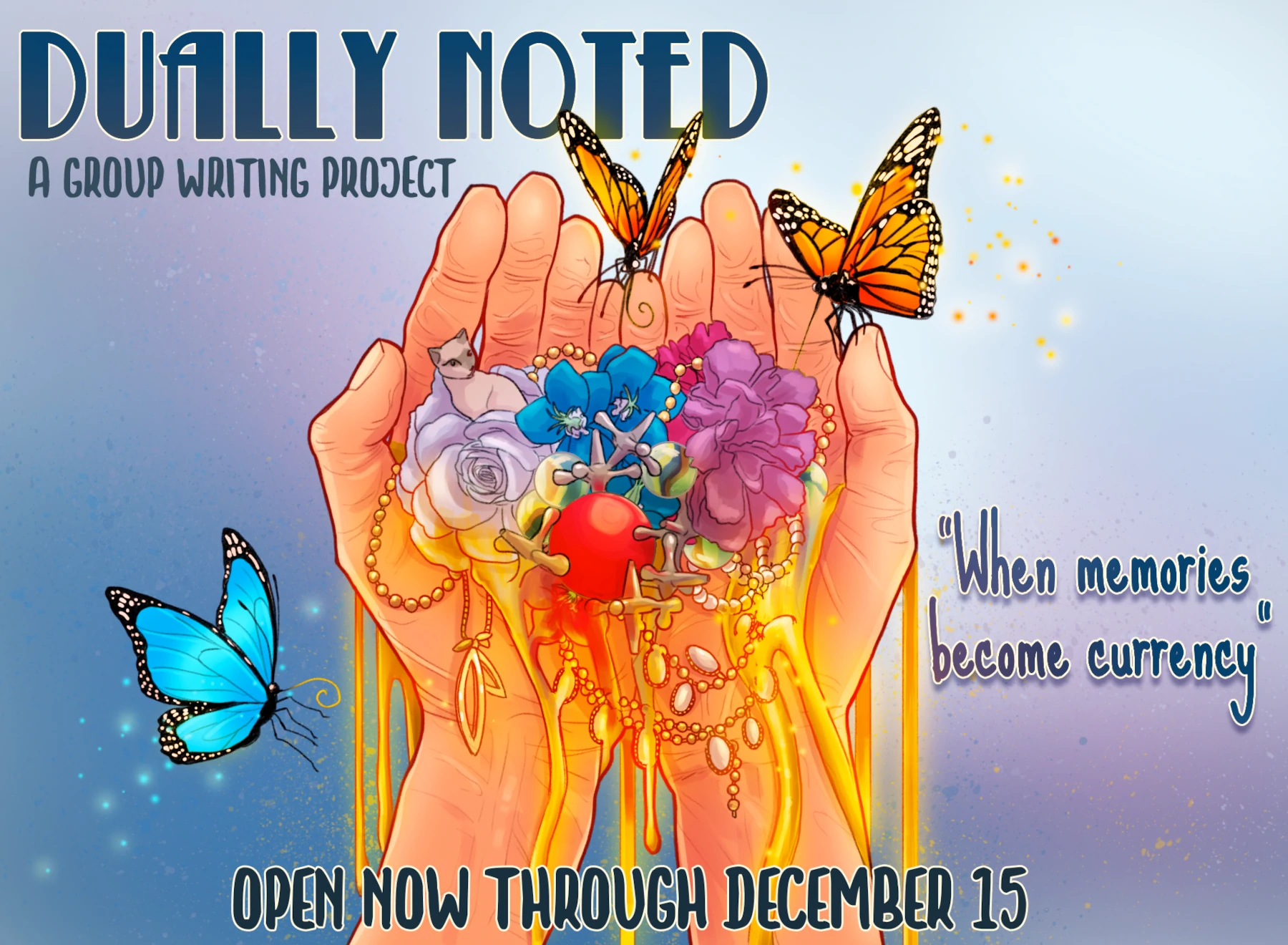
The Eye of Alice
Words By Afton Villanueva, Art By Hailey Brown
Money made the world go round, but memories make the world a sphere.
When they first were able to exchange memories for currency, everyone was excited. How could they not be? Trade in a traumatic memory and get paid for it? People couldn’t wait! Every single person was cashing out, especially with traumatic memories, or Traumemories. The adrenaline rush of hyper-awareness was the world’s new cup of coffee. The wealthy got addicted to the rush that came with the fight-or-flight reactions from a Traumemory—without having to actually be in a dangerous situation. What they didn’t tell you about were the side effects; they only told you about the substantial checks.
Alice was born with the eye and mind of a creative, and she had the hand, ear, and eye coordination to create anything. She was able to make any of her thoughts into something beautiful: poetry, short stories, drawing, painting, sculpting, music—if it had anything to do with creativity, she would do it.
When memories became the new currency, Alice felt a sense of urgency to learn how to earn a decent wage without giving up her memorable moments. More and more stores and businesses were quickly switching to monetization of the mind. Fortunately, people started paying Alice with their memories. She became quite successful despite the lack of cash flow in the world; people would pay her to own a piece of her visions and to hear her play music and serenade them. Each new memory was an interestingly different perception of life, and Alice would create art from every memory that society would supply.
Life was great until the day she almost died in a car accident and was trapped in critical condition. The doctors gave Alice her options: live out the rest of her days on life support or be put in a Med-Bay and walk out of the hospital that day. A no-brainer, right? She chose the Med-Bay, but she had insufficient funds to pay—unless she exchanged some of her memories away.
“Traumemories pay the best,” the doctor said.
So that’s what she chose. Unable to remember her accident, Alice went all the way back to her most traumatic experience as a kid and exchanged it.
A few hours later, Alice was healed and back home in her studio, wanting to create something—anything—but she didn’t feel that spark like before.
“I’ll just wait; it’s probably a side effect of the Med-Bay.”
Days, weeks, then months passed…
The creative seed seemed to be gone.
Alice forgot how her most traumatic memory was the catalyst that had her crafting and creating in the first place.
“There has to be a way to get my memory back!”
Or was it too late?